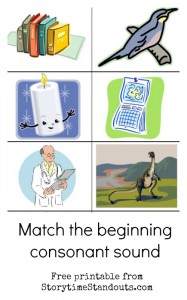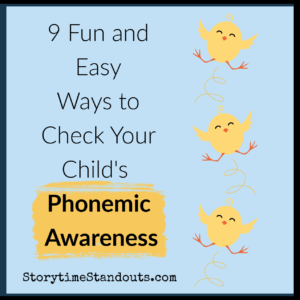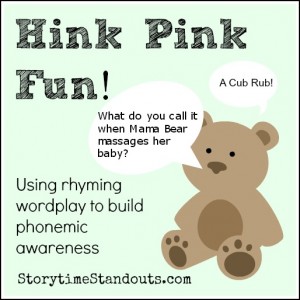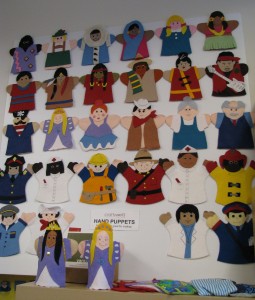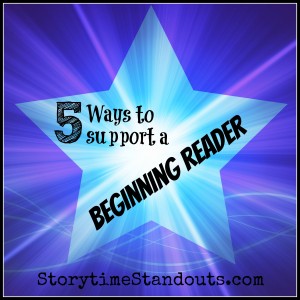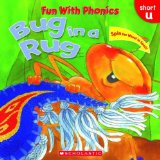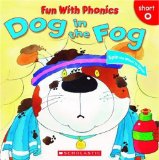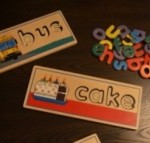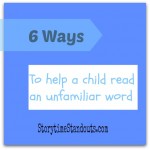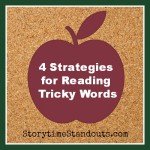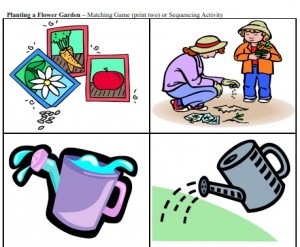Teaching children traditional songs and reading books about each of them is a wonderful way to extend learning and encourage critical thinking.
In this post, we will look at four traditional songs and suggest picture books for each of them. We can use these books or others to encourage children to compare illustrations and listen for differences in the language in each book. Songs like these are great for a preschool or kindergarten circle time.
You’ll find many resources for a kindergarten or preschool storytime or circle time on our “printable downloads” page. You will find rhymes, songs, chants and fingerplays here.
I’ve Been Working on the Railroad
Lyrics –
 I've Been Working on the Railroad
I've Been Working on the Railroad
Lyrics for the traditional song include 'Fee–fi-fid–lee-i-o, Fee–fi-fid–lee-i-o,
Fee–fi-fid–lee-i-o'
Switch up the initial consonant sound to help children develop phonemic awareness:
'Ree–ri-rid–lee-i-o, Ree–ri-rid–lee-i-o,
Ree–ri-rid–lee-i-o'
I’ve been working on the railroad,
All the livelong day,
I’ve been working on the railroad,
Just to pass the time away.
Can’t you hear the whistle blowing?
Rise up so early in the morn.
Can’t you hear the captain shouting,
“Dinah, blow your horn?”
Dinah won’t you blow, Dinah won’t you blow, Dinah won’t you blow your horn?
Dinah won’t you blow, Dinah won’t you blow, Dinah won’t you blow your horn?
Someone’s in the kitchen with Dinah,
Someone’s in the kitchen I know.
Someone’s in the kitchen with Dinah,
Strumming on the old banjo and singing,
Fee–fi-fid–lee-i-o, Fee–fi-fid–lee-i-o,
Fee–fi-fid–lee-i-o, Strumming on the old banjo
I’ve Been Working on the Railroad Picture Books
She’ll Be Comin’ Round the Mountain
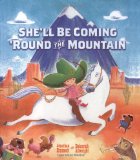
She’ll Be Coming Round the Mountain written by Jonathan Emmett and illustrated by Deborah Allwright
Lyrics –
 She'll Be Coming 'Round the Mountain
She'll Be Coming 'Round the Mountain
Lyrics for the traditional song
She’ll be comin’ round the mountain when she comes,
Toot! Toot!
She’ll be comin’ round the mountain when she comes,
Toot! Toot!
She’ll be comin’ round the mountain, She’ll be comin’ round the mountain, She’ll be comin’ round the mountain when she comes.
Toot! Toot!
She’ll be driving six white horses when she comes,
Whoa back!
She’ll be driving six white horses when she comes,
Whoa back!
She’ll be driving six white horses, She’ll be driving six white horses, She’ll be driving six white horses when she comes.
Whoa back! Toot-toot!
She’ll be wearing pink pajamas when she comes,
Tee-Hee!
She’ll be wearing pink pajamas when she comes,
Tee-Hee!
She’ll be wearing pink pajamas, She’ll be wearing pink pajamas, She’ll be wearing pink pajamas when she comes,
Tee-Hee!Tee-Hee! Whoa Back! Toot-toot!
We’ll all go out to meet her when she comes,
Hi-Babe!
We’ll all go out to meet her when she comes,
Hi-Babe!
We’ll all go out to meet her, We’ll all go out to meet her, We’ll all go out to meet her when she comes,
Hi-Babe!
She’ll Be Coming Round the Mountain Picture Books
The Bear Went Over the Mountain
Lyrics –
 The Bear Went Over the Mountain
The Bear Went Over the Mountain
Add actions when you sing this song
The bear went over the mountain,
The bear went over the mountain,
The bear went over the mountain to see what he could see,
To see what he could see,
To see what he could see.
The other side of the mountain,
The other side of the mountain,
The other side of the mountain was all that he could see.
The Bear Went Over the Mountain Picture Books
Over in the Meadow
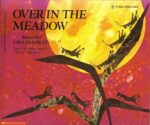
Over in the Meadow written by Olive A Wadsworth and illustrated by Ezra Jack Keats
Lyrics –
 Over in the Meadow
Over in the Meadow
Can be adapted for a felt board story
Over in the meadow, in the sand, in the sun,
Lived an old mother frog and her little froggie one.
“Croak!” said the mother, “I’ll croak!” said the one,
So they croaked and they croaked in the sand, in the sun.
Over in the meadow, in the stream so blue,
Lived an old mother fish and her little fishes two.
“Swim!” said the mother, “We swim!” said the two,
So they swam and they swam in the stream so blue.
Over in the meadow, on the branch of a tree,
Lived an old mother bird and her little birdies three.
“Sing!” said the mother, “We sing!” said the three,
So they sang and they sang on the branch of a tree.


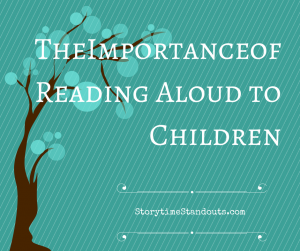

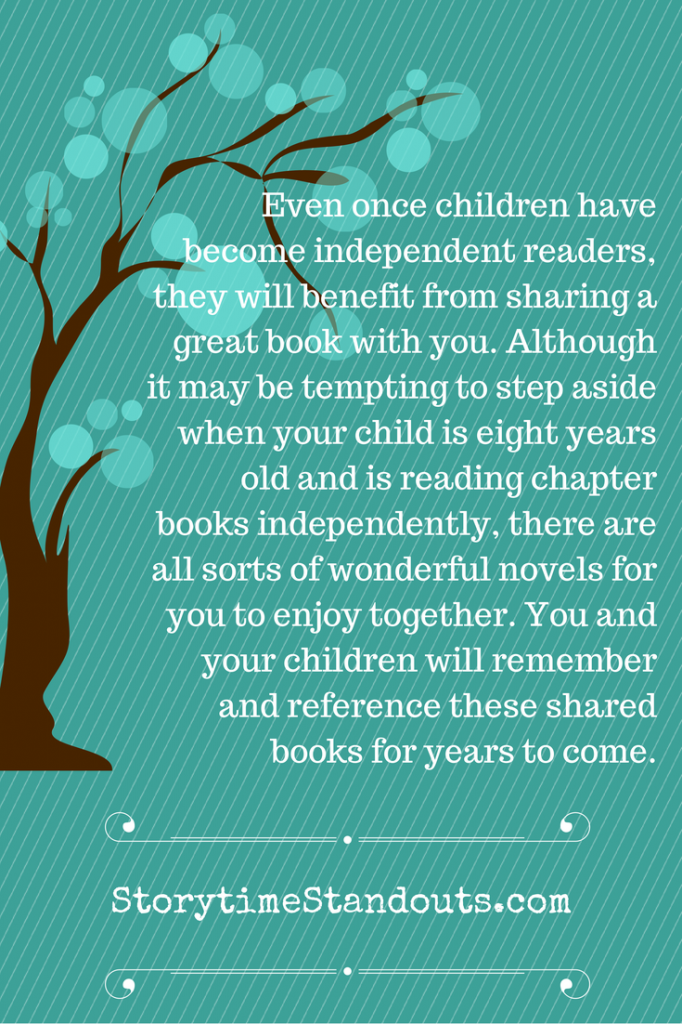
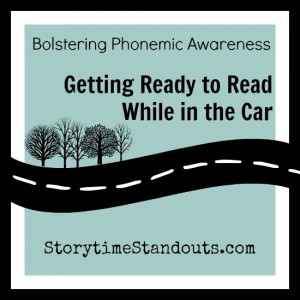

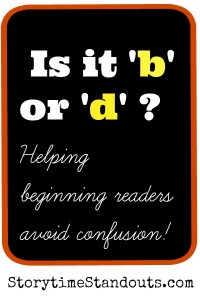





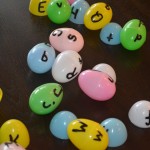
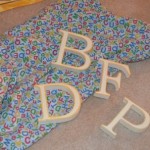



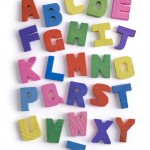





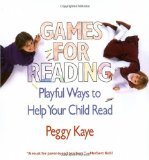



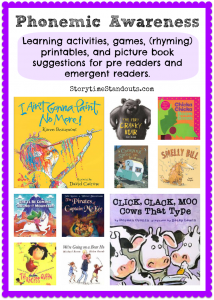


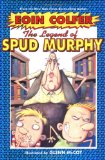
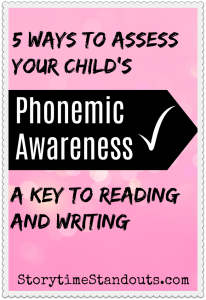 #1 – Can your child break a word apart by syllable? If you say “carpet” can your child hear and say “car – pet”?
#1 – Can your child break a word apart by syllable? If you say “carpet” can your child hear and say “car – pet”?